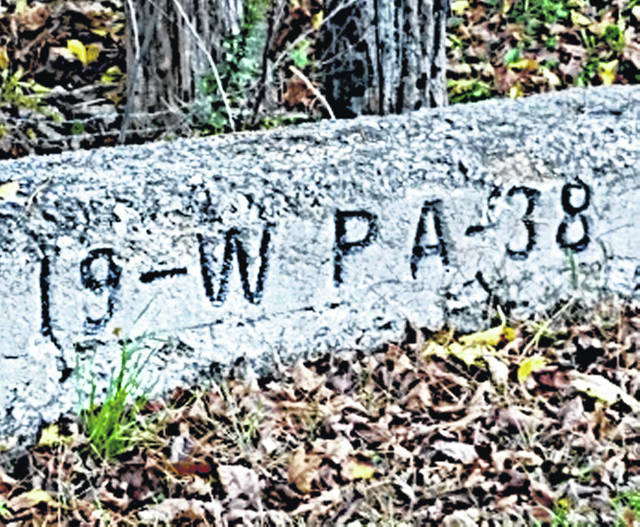

Whatever side you may be on, the whole idea of giving or receiving a gift brings joy. It makes us feel special when someone thinks of us enough to give a gift. They took the time, energy, maybe even hard-earned money to bring us joy. It can be even more rewarding to give that feeling to another person. It is more blessed to give than receive. But both can be awesome.
I remember receiving such a gift when I was around 11 years old. My grandfather gave me a .410-gauge shotgun. By today’s standard this may not be viewed by many as a good idea. But in the early ’70s, it was not uncommon. It was a cherished gift that meant the world to me as the receiver and my grandfather as the giver.
A few short years later when I purchased my first car was a totally different circumstance. I worked and saved for a very long time for the down payment and yes, my Dad co-signed for me to get the loan. But it was all mine. All mine to pay for and to maintain. Now, bear in mind there were no other options for me but to do this all by myself. I have been a car guy my whole life, but that car was far above all the muscle cars and hot rods I have had. I feel it was mostly because I did it with no help. That is yet another form of joy we can obtain — being self-sufficient.
Last week I received a text from a man I did not know. It came to me as the great historian Forest Gump said, “out of the blue clear sky.” The text had a picture of a piece of stone that had the words WPA 1938 carved in it. He asked me if I had any idea what this meant and if the topic may be of interest to me for a future article. When I first read his text, it jogged my memory from Harold Spargur’s history class. Admittedly, I had to look it up as the gentleman asked to have a clue on how this great program fit into United States history.
It was started during FDR’s administration as part of the “New Deal,” beginning in 1935 and dissolved in 1943. At that time there were 20 million people in the U.S. on relief due to unemployment. This masterful plan implemented by our federal government was much different than the ones in place today. It came into existence to provide jobs for the masses of unemployed people during the great depression. It lasted through most of the 1930s. It supplied jobs for the unemployed. The initial funds invested were $4.9 billion. At its peak in 1938, it supplied paying jobs to three million men and women.
These three million now employed (much happier Americans) did things such as repair roads, build parks, airports, bridges, schools, and many other things. By further design it was limited to one person per household who was suffering from long-term unemployment.
There were several parts of the WPA. Federal Project No. 1 employed musicians, actors and directors. They would tour the country providing performances. One of its directors was quoted by saying, “for the first time in the relief experiments of this country the preservation of the skill of the worker, and hence the preservation of his self-respect, became important.” The WPA program was liquidated in 1943 because of low unemployment during World War II.
This is such a fascinating story of a plan that worked. It worked on so many levels and helped millions of people obtain money for their families and retain their dignity. One very important aspect is that it no longer exists today. It does not exist because it did what it was supposed to do and then it was stopped. Isn’t that a lesson in itself?
I am proud to live in the greatest country in the world. But have we grown to expect too much from our government? Do we expect it to do things we can do for ourselves? Have we gotten away from teaching others how to fish to just giving fish away?
And yes, the picture that was sent to me was from a culvert on a road in Pricetown, less than 10 minutes away from Hillsboro. The WPA was right here with us.
Would the WPA or some form of it work today?
Randy Butler is a lifelong resident of Highland County and a licensed real estate agent for Classic Real Estate in Hillsboro.



